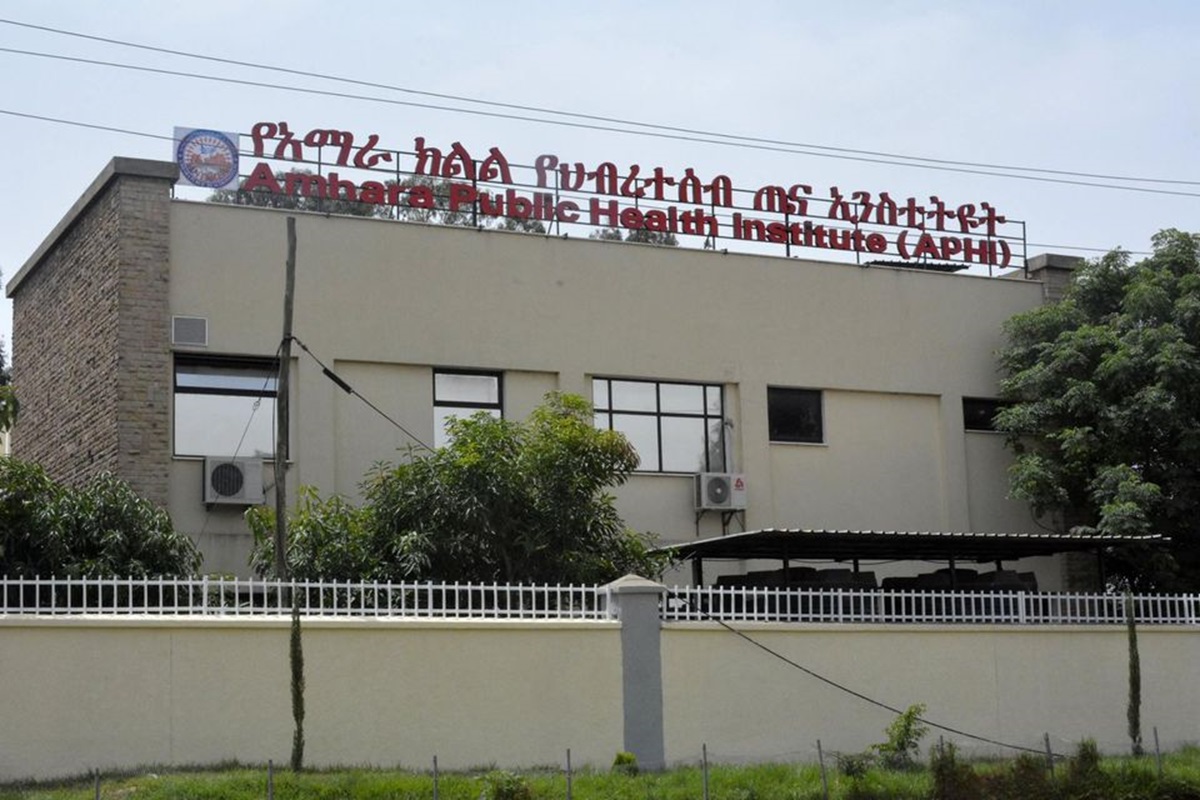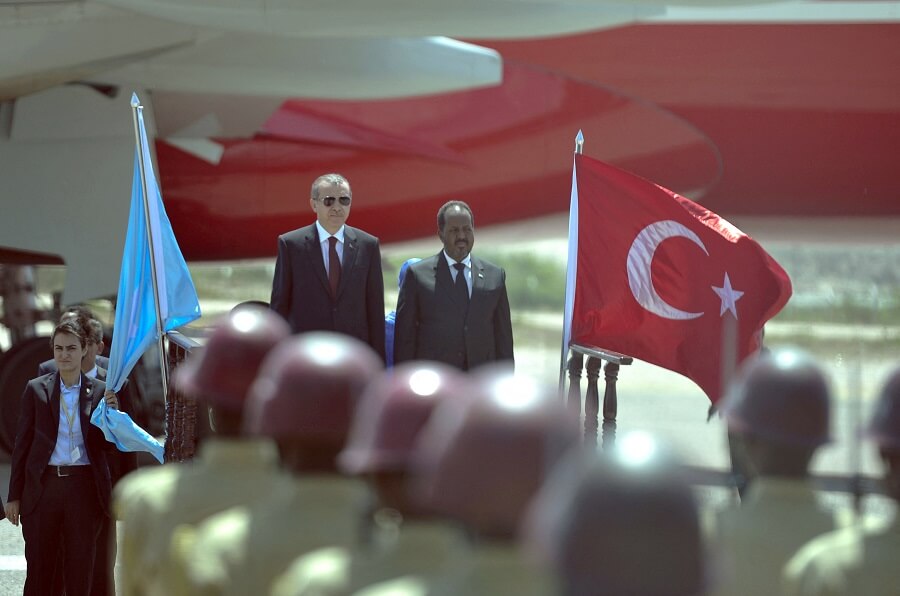Feature: How Ethiopia is dealing with unprecedented IDP crisis

Addis Abeba, July 15/2019 – In his July 1st 2019 parliamentary address outlining the performance of his government in the last 11 months (2011 E.C.), Prime Minister Abiy Ahmed admitted internal displacement as one of the challenges his administration has had to contend with. Indeed, Ethiopia has faced a myriad of inherited and fresh socio-economic and political challenges that PM Abiy’s administration said it has been rectifying over the course of the past year, with an increasing number of internally displaced persons (IDPs) posing an even greater predicament.
At the front and center of this challenge is the inconsistent number of IDPs often mentioned by various non-governmental and media entities. Although there have been differing and often overlapping numbers in the past one year, the government maintained that at a national level the number of IDPs stood at 2.3 million. Displaced population data by IOM’s Displacement Tracking Matrix (DTM) which was published on June 05/2019 reported that as of April this year the number of displaced people stood at 2,194,946.
Similarly, unlike reports of displacements, reports of IDP returns are far and between. During his latest parliamentary appearance, PM Abiy said that over the past few months, the government has been undertaking extensive work to return 2.1 million IDPs back to their original homes, with a remaining 130,000 to be returned soon.
At the federal level, the Ministry of Peace has been leading a ministerial task force comprising the Ministries of Health, Water, Energy & Irrigation, Education, Agriculture, Transport, the Attorney General and the Disaster Risk Management Commission. According to information obtained from the ministerial task force, since it was established “it has been working with regional authorities to address the displacement challenge and respond in a sustainable manner.” Mandated with evaluating the return activities, “the Ministerial task force also distributed itself to different parts of the country where cases of displacement existed to direct and monitor progress, demonstrating political will at the highest level.”
Displacement root causes
Two particular factors are known to be the major contributing factors of internal displacement in Ethiopia: environment related displacement due mainly to drought and flooding and; conflict related displacement. According to the National Flood Taskforce statement released in April this year, flood alert in belg-receiving areas of the country and river flows were caused by highland rains. “Over 5,600 people were displaced by floods in Selte woreda, Selte zone (SNNP region). Physical access was also impeded in Somali region as a result of poor road conditions and seasonal rivers becoming impassable, particularly in Dollo Ado road to Liban zone.” According to the government, of the overall displacement figure environment related crises have contributed to the displacement of approximately 400,000 Ethiopians. That leaves the overwhelming number of displacement causes to recurrent inter-communal conflicts often incited by political arsonists, “attempting to profit at the expense of citizenry and in violation of human rights.”
Of the total number of IDPs, Prime Minister Abiy Ahmed’s administration inherited up to 1.2 million victims of displacement, particularly due to the violence in Oromia-Somali regional states, drought and other causes encountered in 2015/2016. Most of the affected communities and families remained in IDP shelters by the time the new administration took over in April 2018. “This has added to the burden of adequately returning citizens to their original homes, made more complex by the added characteristic of inter and intra-regional displacements,” according to the ministerial task force.
Around 1.5 million were displaced within their source regions while around 800,000 were displaced across neighboring regions. The biggest and most daunting displacement was that of the Gedeo-West Guji displacement of 2018, where inter-communal violence instigated by criminal armed groups had forced some 958,175 civilians, overwhelmingly from the Gedeo community, to leave their homes and live in appalling conditions in IDP shelters.
Despite criticisms of forced returns, however, the ministerial task force says that as of late “noting these complexities, the federal government has been working in close collaboration with source and recipient regional governments to bring about sustainable interventions during reinstatement.” The phase by phase approach to return a majority of IDPs initially focused on provision of food and material support at various sites where IDPs were temporarily taking shelter, and also within the original locations they returned to. “A primary focus throughout all the phases has been to ensure that IDPs resume their regular patterns of life upon return to their original homes.”
Ensuring normal resumption of activities entailed security assessments before returns and addressing threats through targeted operations where threats existed; renovation of institutions (schools, health stations, agricultural institutions) and houses damaged during conflicts; as well as designing accelerated curriculum to ensure that school-aged children that missed the school year will also be able to catch up during the ‘kiremt’ break are all programs the ministerial task force has been conducting with regional state authorities. International organizations have also been providing support for IDPs within the temporary shelters.
The government insists that while these examples indicate the types of interventions it, along with its development partners, has spearheaded to ensure that IDPs are reinstated fully, the process of return has been in line with internationally established principles and practices. These principles and related actions that have been undertaken in adherence with the principles include: “holding consultations with IDPs to establish alignment on purpose and goals of return; voluntary returns based on the consultations; facilitating the return of IDPs in a dignified manner; ensuring the safety and security of IDPs in their temporary shelters and en route to their original homes; and ensuring sustainable reinstatement which has focused on the provision of aluminum and plastic sheeting for use in rebuilding houses.” The government also says that international procurement of vaccines and other medicines were conducted “to pre-empt any potential outbreaks; supply of water through trucks while parallelly digging wells for long-term access; and working in close alignment with financial institutions.”
A critical component of sustainable work to return the displaced has also focused on establishing and maintaining the rule of law given the push factors that initiated the displacements, as well as related challenges faced in the process of reinstatement.
The existence of criminals in these conflict affected areas, fueled mainly by breakdown of rule of law at lower levels of the administration, had initially exacerbated the situation and created ways in which armed groups have exploited victims of displacement and conflict to propagate their own agenda. There have also been deliberate distortions of reality, mostly on social media, through the proliferation of unsubstantiated information/images originating in other countries. An example includes circulation of images of severely malnourished women and children, which were later found to be non-Ethiopians.
The government also says that there are visible evidences of cases of criminal elements “keeping IDPs hostage and barring their return as temporary shelters and IDP camps became their hideouts and means of exploiting financial gains”. Considering these challenges, the Ministerial task force says, efforts were intensified to identify and take due measures against criminals perpetuating the suffering of Ethiopians. “In a commitment to the rule of law, the Government has been holding accountable individuals and groups (including Government officials) engaged in displacing and disrupting the lives of citizens throughout the country, regardless of age, sex, leadership status.”
In a recent interview held with DW Amharic, for example, Sergeant Kemal Elemo, west Guji zone police chief, said that out of 222 suspects arrested for instigating the killings and displacements in Gedeo west Guji zones, 89 were recently sentenced from two to 20 years in prison at a hearing conducted in a rotating court in Shashemene city. According to him a total of 72 charge files were opened against the 222 suspects. Of these, 25 charge files were sent to Shashemene revolving court where the 89 people were convicted. Sixteen more charge files containing names of 41 suspects who are still at large were also opened after consultations with returning IDPs who were victims of the displacement.
According to PM Abiy’s statement delivered at the parliament, at national level, more than 2500 suspects were identified as aiding and intensifying internal displacement. Due legal process has been underway to address the crimes committed. The Prime Minister also emphasized that holding individuals and groups who are further fueling conflict and violence related displacements accountable is an undertaking for all stakeholders, in addition to government. As the economic impact of displacements, strain on stretched public resources and the psychological and physical impact on the displaced is grave and far reaching, the responsibility of preventing such problems requires the efforts of all.
In addition to government’s efforts to ensure the rule of law, on Tuesday July 09, development partners led by UNDP Ethiopia office, together with the National Disaster Risk Management Commission, have launched a four year project to support “the recovery of sustainable livelihoods and rehabilitation of infrastructure for 50,000 households for communities affected by Gedeo-West Guji displacement.”
According to the Ministerial task force, while efforts to return and rehabilitate the remaining IDPs to their original homes is ongoing and is “proving successful”, ensuring that displacements do not happen in the first place has been a strategic focus of the government. “For example, through prevention work, the Ministry of Peace has managed to circumvent potential conflicts that would have exacerbated the displacement challenge.”
While the Ministry of Peace has been spearheading these activities, the role of other stakeholders like civil society, religious leaders and elders to build a culture of conflict resolution is key. AS








